How to Wire UTV Accessories
Wiring accessories on your Can-Am Commander can significantly enhance its functionality and personalization, whether you’re preparing for a night ride with LED lights or setting up a communication system. This guide will walk you through a clear and concise method to install electrical accessories such as rock lights, whip lights, and a multi-switch panel, ensuring safety, efficiency, and reliability.
Tools and Materials Needed
- Wire Cutters: Essential for cutting wires to the desired length.
- Crimpers: Used to crimp connectors onto wires, ensuring a strong, reliable connection.
- Multimeter: Crucial for testing voltages and continuity to ensure all connections are correctly made and functioning.
- Zip Ties: Helps manage and secure wires, keeping them neat and out of the way of moving parts.
- Electrical Tape: Provides additional insulation and security to electrical connections.
- Drill: Necessary for creating holes to route wires or mount components securely.
- Screws: Various sizes may be needed depending on the mounting requirements of your accessories.
- Additional Wire and Connectors: Depending on the distance of your components from the power source and each other, extra wiring and various connectors might be needed.
- Wiring Kits: Ensure you have the correct wiring kits for your specific accessories. These kits typically include all needed relays, fuses, and switches tailored to the power requirements of each accessory.
Below is a detailed process of wiring UTV accessories
Step 1: Plan Your Layout
To begin, thoroughly inspect your Can-Am Commander to understand its structure and potential spaces for wire routing. Identify areas away from heat sources like the engine or exhaust and moving components such as steering rods or suspension parts, which can pose a risk of wire damage. For the switch panel, consider not just the ease of access but also the ergonomics of use while seated. The area should be visible during both day and night driving, ensuring that the switches can be operated safely without distraction. Planning must also consider future maintenance ease, allowing for wire checks and hardware upgrades without major disassembly.
Step 2: Mounting Accessories
Rock Lights: When selecting spots for rock lights, aim for locations that maximize ground visibility but minimize exposure to debris or water splashes. Typical mounting points include underneath the chassis for underglow effects or near the wheel wells to light up the tires and nearby terrain. Each light should be firmly attached using the mounts provided, and where necessary, additional security like lock nuts can prevent loosening due to vibrations.
Whip Lights: For mounting whip lights, the rear end of the Can-Am Commander is favored to enhance visibility for following vehicles. The installation height should respect legal limits and not interfere with overhead obstacles on trails, such as tree branches. Test the stability of the mounts by gently swaying the whips to simulate wind and movement stresses they will encounter during rides.
More accessories on can-am commander: 8 Most Popular Can-Am Commander Accessories

Step 3: Routing Wires
Effective wire routing is crucial for safety and system reliability. Begin at the accessory points and route towards the UTV's battery and switch panel, selecting channels that shield the wires from potential hazards. In a Can-Am Commander, use the natural grooves along the frame or beneath the seats, which are typically shielded from environmental factors. Secure the wiring at intervals of every few inches with strong zip ties, and add corrugated wire conduit for extra protection in high-exposure areas. If it’s necessary to drill holes for passing wires, smooth the edges of the holes to prevent wire chafing, and apply a silicone sealant around the wires to block out moisture and dust.
Step 4: Installing the Switch Panel
The placement of the switch panel should balance accessibility with safety. Popular choices include mounting it on the dashboard, where it’s easy to reach without leaning forward, or on a side panel, where it's clear of any interference with driving controls. Ensure the panel is mounted horizontally for ease of viewing and operation. When securing the panel, use durable screws that are appropriate for the material of the dashboard or panel. If the mounting surface is plastic or another soft material, consider reinforcing the area behind the panel with a sturdier backing plate to prevent the panel from loosening over time. Double-check the stability of the switch panel by applying slight pressure; it should not move or flex under normal use.
Step 5: Wiring to Power
Main Power Connection: Locate the accessory wire that becomes active when the ignition is on. This wire can be found using a multimeter. Connecting your switch panel to this wire ensures that the electrical accessories automatically shut off when the ignition is turned off, which prevents battery depletion. Confirm with the vehicle’s wiring diagram to avoid any errors during this process.
Grounding: Choose a grounding point on the Can-Am Commander's frame. To ensure a reliable ground, remove any paint or corrosion with sandpaper at the chosen point. Use a grounding terminal if available, or secure the ground wire directly to the frame using a bolt and washer for a strong connection, ensuring minimal electrical resistance.
Connect Accessories to Switch Panel: Route each accessory’s power wire to the corresponding switch on the panel. It’s essential to organize the wires according to their switches and functions to avoid confusion. Use crimp connectors to attach the wires to the switch terminals, ensuring each connection is tight and secure. This setup allows for centralized control and simplifies the electrical system.
Step 6: Integrating Relays and Fuses
For accessories that draw significant power, such as LED light bars or high-wattage audio systems, incorporating relays and properly rated fuses is essential to manage the load safely. Connect the battery’s power wire to the input side of a relay, ensuring the relay is close to the battery to reduce voltage drop. Then, route the relay’s output to your switch panel. Install fuses on the power wire near the battery to protect against electrical shorts or overloads. Each fuse should match the amperage requirements of the accessories it protects, which guards the electrical system and the accessories themselves from damage.
Step 7: Testing
With the battery reconnected, activate each switch on the panel to test the corresponding accessory. Look for proper operation and listen for any unusual sounds, such as buzzing from relays or fuses, which could indicate a problem. Use a multimeter to check voltage levels at each accessory point to ensure there is no significant voltage drop, which could signify poor connections or inadequate wire gauge. Confirm that all connections are secure and that there is no movement in wires or terminals, which could lead to wear over time.
Step 8: Finalizing Installation
After testing, take time to secure all wiring throughout the vehicle. Bundle loose wires with zip ties, clipping the tails for a neat finish. Route wires away from heat sources and potential pinch points where they might be damaged during vehicle operation or maintenance. Replace any panels or covers that were removed during the installation, ensuring they fit securely and do not pinch or compress the newly installed wiring. Apply a silicone sealant or use rubber gaskets on any openings that were created to pass wires through, ensuring the integrity of the vehicle against water and dust ingress. This step is crucial, particularly for off-road vehicles exposed to extreme conditions, as it protects the electrical installations and ensures long-term reliability.
The Bottom Line
Wiring accessories on your Can-Am Commander requires careful planning and attention to detail. By following this structured approach, you can ensure that your installations are both functional and safe. Remember, each accessory may come with specific instructions, which should be followed alongside these general steps. With everything properly installed, your Commander will be equipped to handle any adventure with enhanced capability and style.

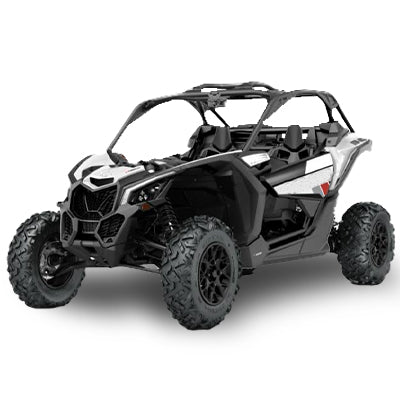
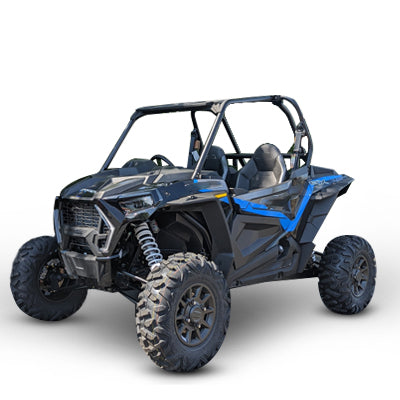
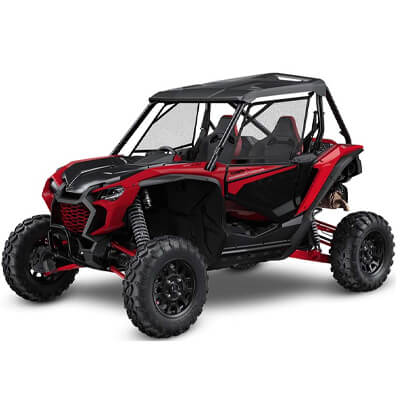
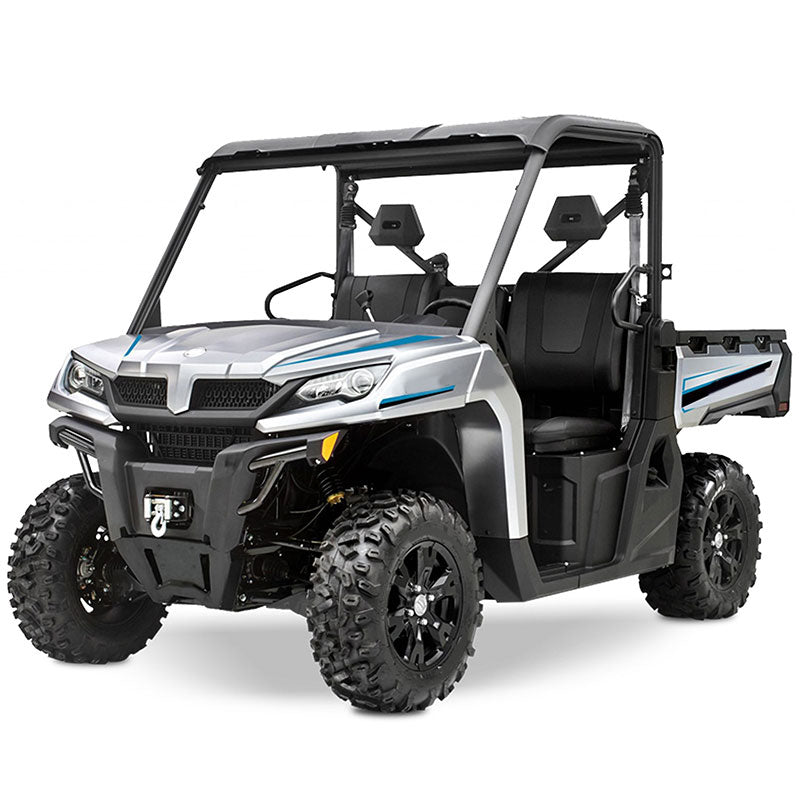
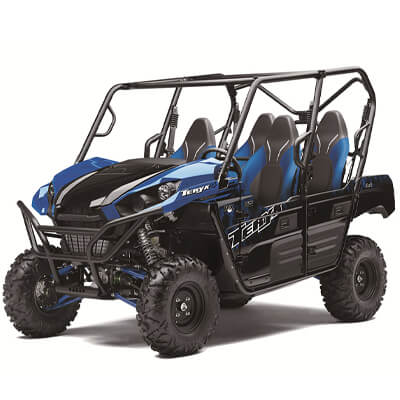
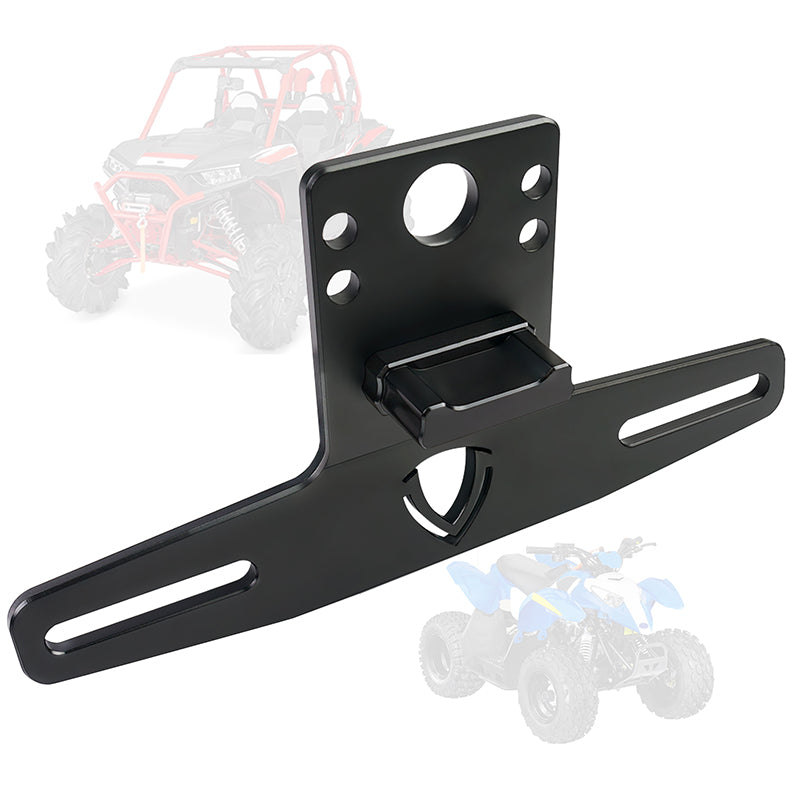
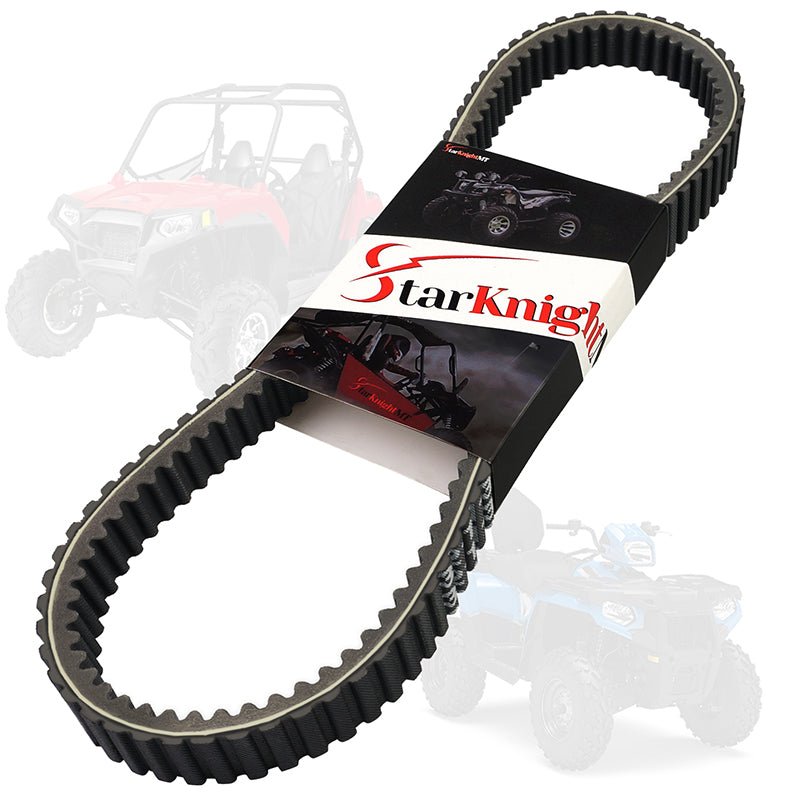



Leave a comment